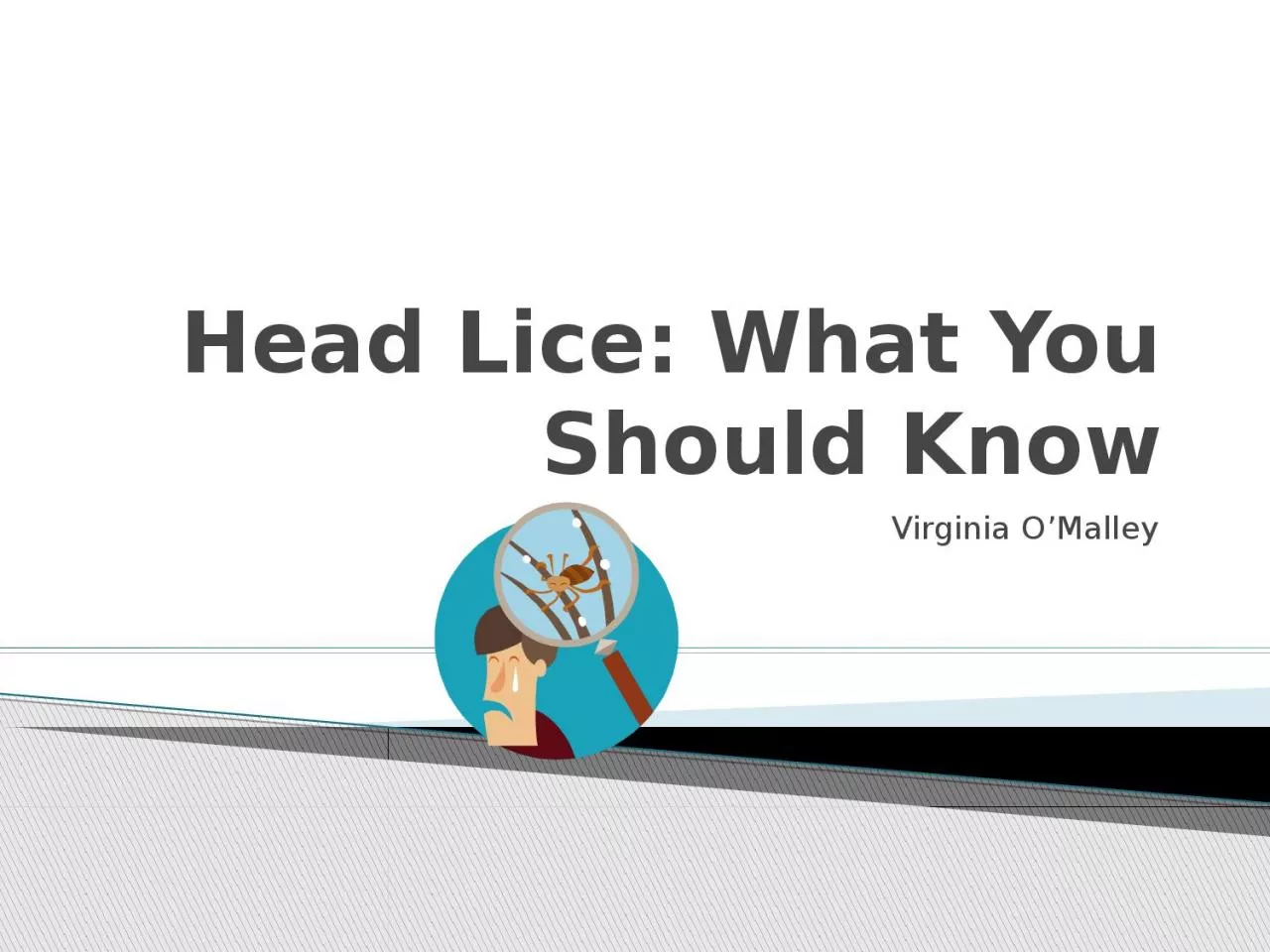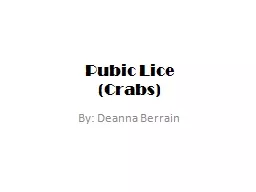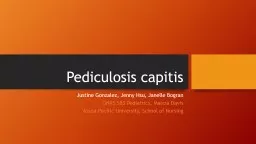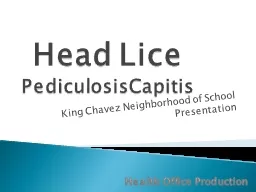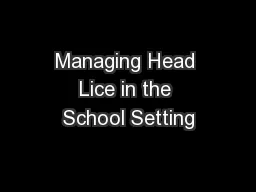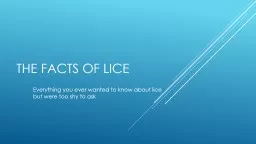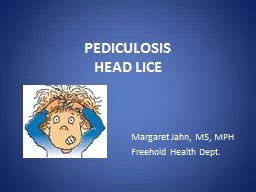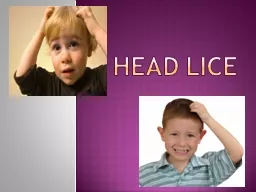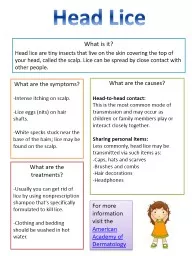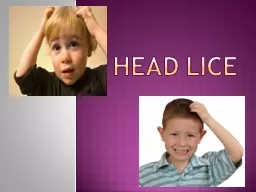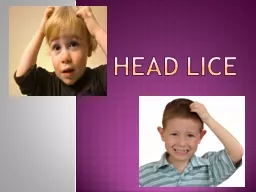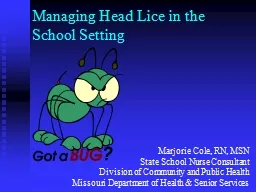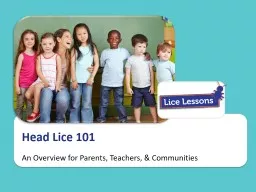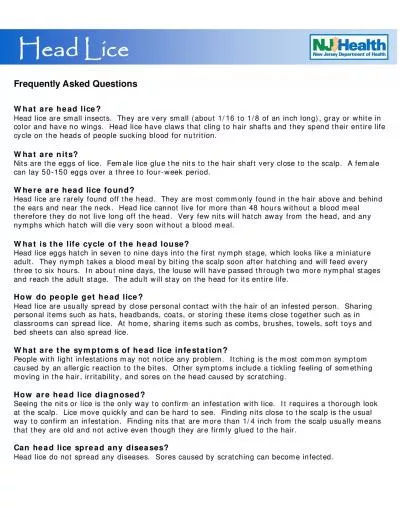PPT-Head Lice: What You Should Know
Author : mila-milly | Published Date : 2022-06-28
Virginia OMalley Are tiny parasitic insects about the size of a sesame seed Have six claws that are used to cling to hair shaft Are tan brown or grey in color Can
Presentation Embed Code
Download Presentation
Download Presentation The PPT/PDF document "Head Lice: What You Should Know" is the property of its rightful owner. Permission is granted to download and print the materials on this website for personal, non-commercial use only, and to display it on your personal computer provided you do not modify the materials and that you retain all copyright notices contained in the materials. By downloading content from our website, you accept the terms of this agreement.
Head Lice: What You Should Know: Transcript
Download Rules Of Document
"Head Lice: What You Should Know"The content belongs to its owner. You may download and print it for personal use, without modification, and keep all copyright notices. By downloading, you agree to these terms.
Related Documents

